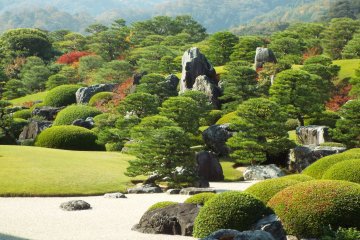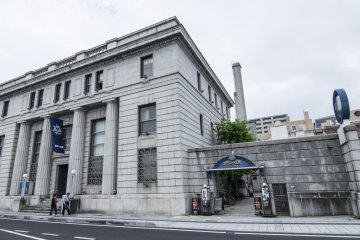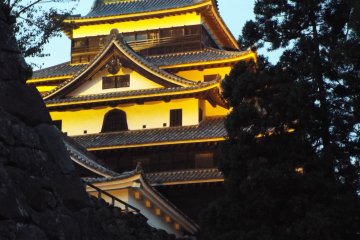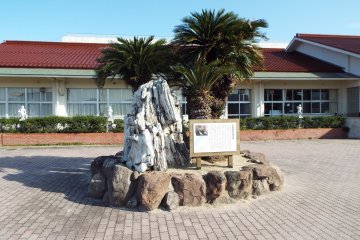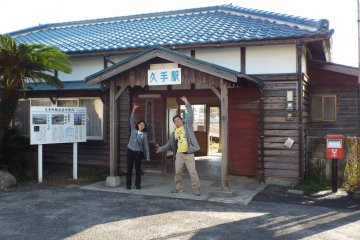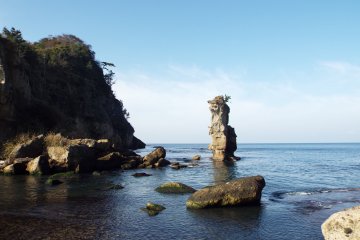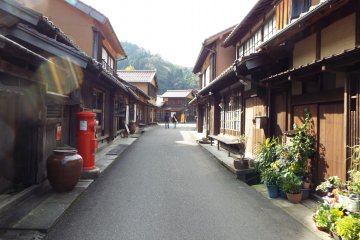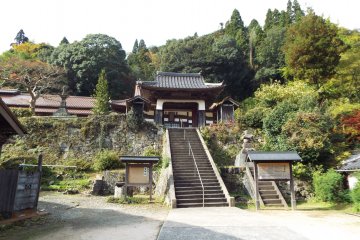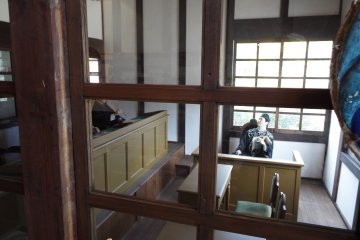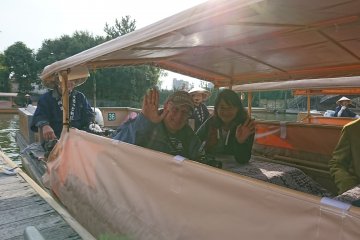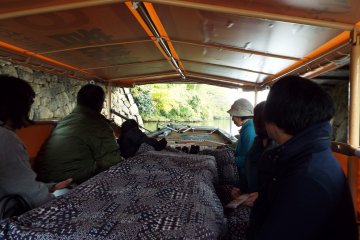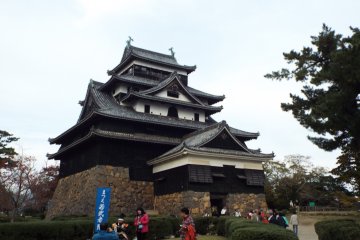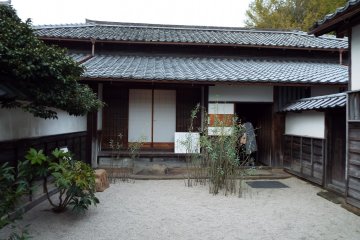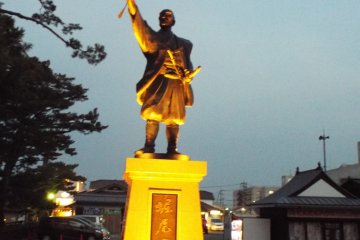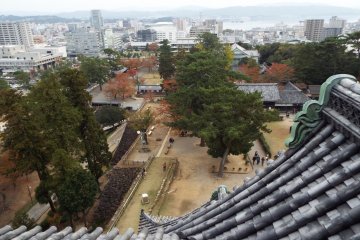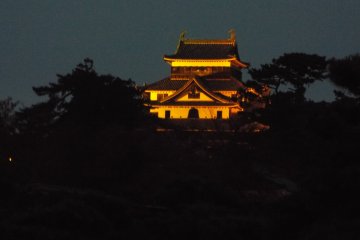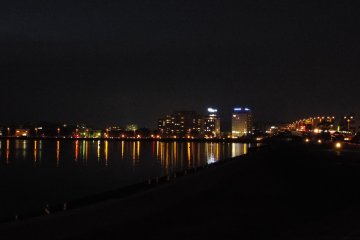Our second day in Shimane Prefecture was overflowing with activities.
A couple minutes walk from the Matsue station is the Excel Hotel Tokyu, a very nice middle scale accommodation with an excellent buffet breakfast. The staff was very friendly and helpful. We met up with cousin Tetsu to begin the day.
One of our original reasons for coming to Shimane Prefecture was to continue the research of Miwa’s grandfather Seiichi Iwasaki. He was born in Kute and attended Kute Elementary School near Oda city. He left this area for Tokyo when he was 16 to start his amazing career. The house he lived in has since been destroyed. The Elementary school of course has gone through many upgrades and modernization, but still stands on the same property when he was in attendance. A short distance from the school is a unique rock formation on the coast called Kakedo Matsushima. Back in the 12th century the local people cut the rock to help prevent flooding. There was a tree on top of the rock planted in the 1300’s but it died in 1976. The locals planted another tree but it was soon destroyed by a typhoon in 2004. We took pictures and imagined her grandfather standing in the same spot during his youth.
A short drive from Oda city is Iwami Ginzan World Heritage Center. They mined silver here from 1526 to 1923. During the 1600s the mine provided one third of all high quality silver produced in the world. What is unique about this mine was that even 400 years ago they were concerned about the environment. The area surrounding the entrances were not destroyed by deforestation, but maintained its natural beauty. You need half a day to see the entire area. We chose to visit the mining town of Omori with its historical houses, shrines, and temples. Toured the old magistrates office and tried Amazake, an Edo period non-alcohol healthy drink made from fermented rice.
The Iwami Ginzan World Heritage Center has a museum and many nice walking trails. The center provides information on e-tablets in Korean, English and Chinese This area warrants a return visit to take in all the sites.
Back in Matsue, Miwa and I boarded the Horikawa boat tour. This is one of the few remaining intact castle moats in Japan. The tour takes a little less than an hour and has several stopping off points allowing you to re-board a later boat to continue your trip.
We got off at Matsue Castle’s main entrance. This castle is one of the twelve remaining original castles in Japan. It was built in 1607 and was designed for battle. As I was climbing the original wooden stairways inside the castle, I was thinking about the people who had made this same trip to the top four hundred years ago. The view of the surrounding area left no place for an enemy to hide. This was excellent preparation for a castle that never experienced a battle. Nearby we walked to the Lafcadio Hearn house, the first western author to introduce Japanese Culture to the outside world. He was married to a Japanese lady, became naturalized and took on the name of Koizumi Yakumo. Next to his residence was a Samurai Warrior's house.
It was evening when we left the castle area and walked back to our hotel. About a kilometer away we turned around to view the castle lights.
Matsue may be a small city, however it is big in hospitality and is a great place to stay while touring Shimane.
Miwa and I were both a surprised that there were so many quality attractions in Shimane Prefecture. We agreed to plan another trip to the area in the very near future.



